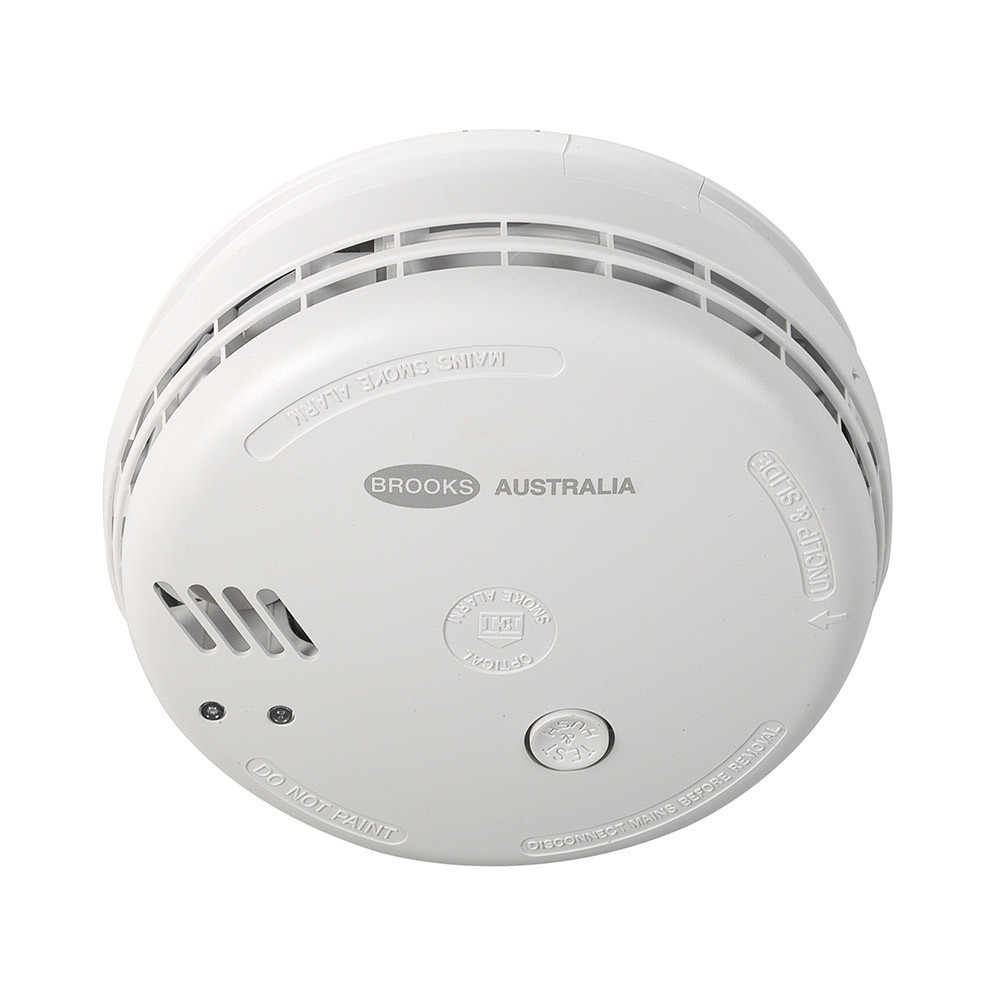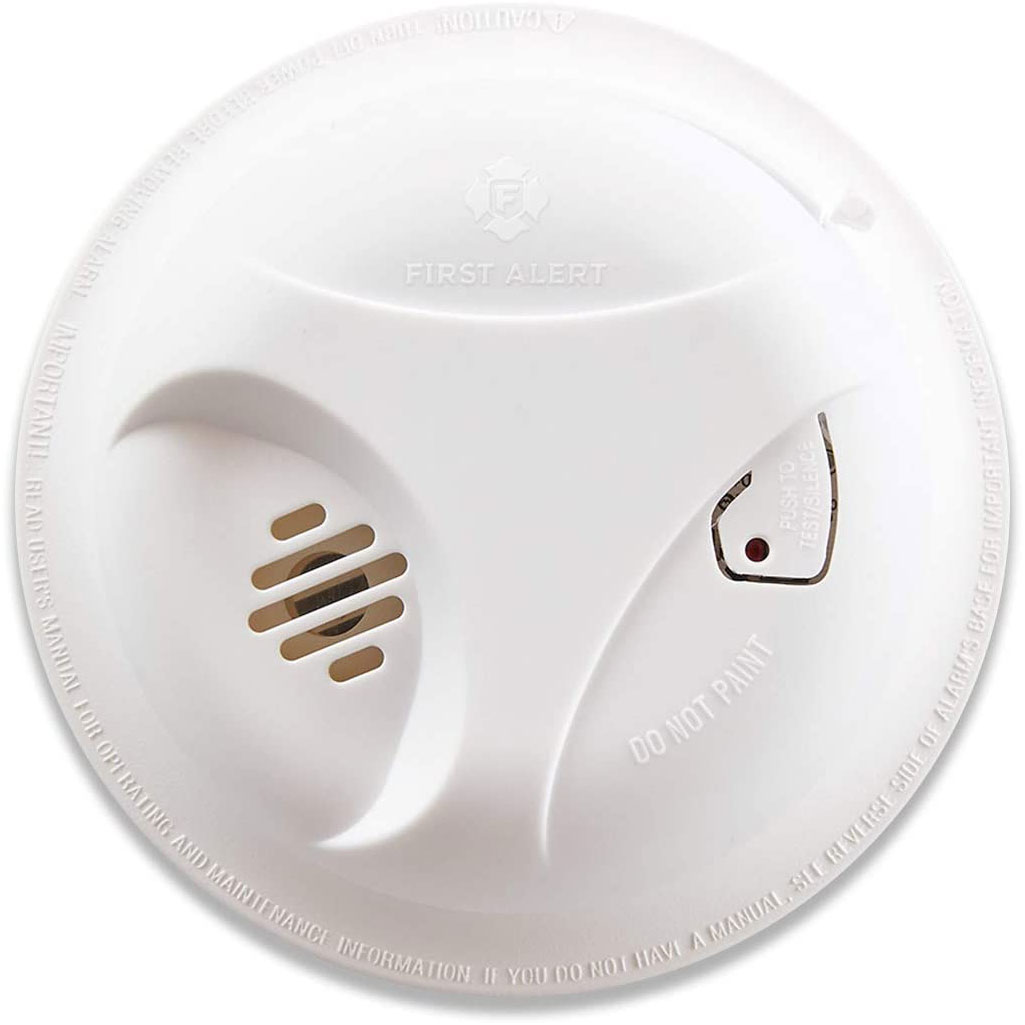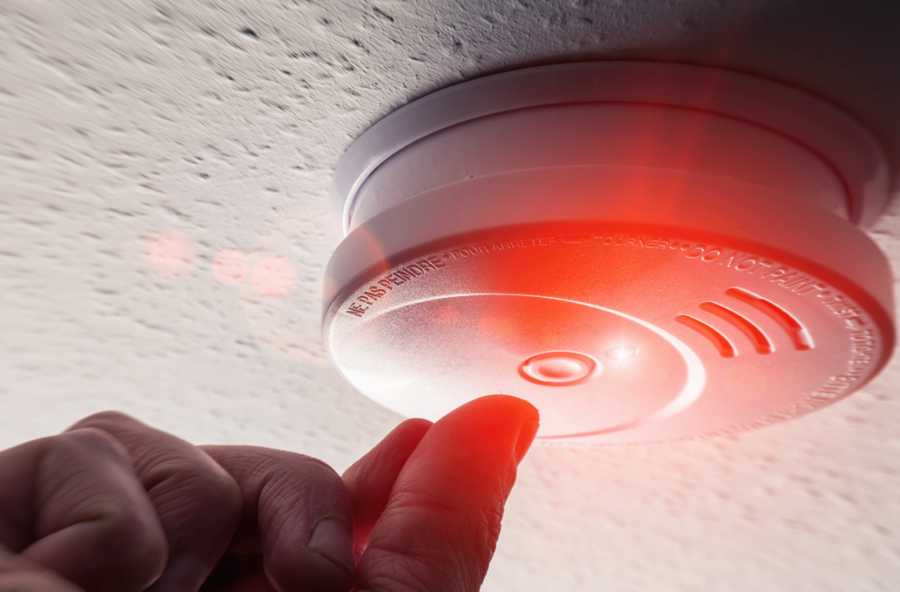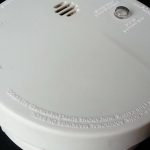I. Introduction

Smoke alarms play a crucial role in protecting our homes and families from the dangers of fire. These small devices have been proven to be highly effective in alerting us to the presence of smoke or fire, allowing us to take necessary actions to escape and minimize damage. However, sometimes smoke alarms can be a source of annoyance, especially when they start beeping for seemingly no reason. In this blog post, we will delve into the causes of smoke alarm beeping and provide guidance on how to troubleshoot and silence these alarms effectively.
II. Understanding the causes of smoke alarm beeping
A. Low battery
- One of the most common causes of smoke alarm beeping is a low battery. Most smoke alarms are equipped with a feature that alerts us when the battery needs to be replaced. This alert usually comes in the form of a chirping sound, typically occurring every few minutes.
- To address a low battery chirp, start by identifying which smoke alarm is producing the sound. By listening closely to the beeping, you can locate the specific alarm that requires a battery replacement.
- Once you have identified the alarm, carefully remove it from its mounting bracket or ceiling. Open the battery compartment and replace the old battery with a fresh one of the same type. Make sure to follow the manufacturer’s instructions for proper battery replacement.
B. Smoke or fire detection
- Another reason a smoke alarm might beep is when it detects smoke or fire. When faced with an actual fire or smoke, it is crucial to remain calm and act swiftly. Follow your emergency evacuation plan and evacuate the premises immediately.
- In the event of a fire or smoke, it is important to ventilate the area if it is safe to do so. Open windows and doors to allow fresh air to enter and smoke to dissipate. This can help in reducing the chances of false alarms while awaiting assistance.
- False alarms can also be triggered by cooking smoke or steam from hot showers. To prevent such false alarms, consider installing a ventilation system that can effectively remove cooking odors and smoke from the kitchen.
C. Malfunctioning or faulty alarms
Sometimes, smoke alarms may malfunction or become faulty, resulting in beeping sounds. If you have ruled out low battery and smoke detection as the cause of the beeping, it is essential to address the malfunctioning alarm.
- Troubleshooting a malfunctioning alarm requires identifying the type of smoke alarm you have installed. Some smoke alarms are hardwired into the electrical system, while others are battery-powered. Knowing the type of alarm can help you better understand its functioning and potential issues.
- Locate the smoke alarm’s control panel or reset button. Refer to the manufacturer’s instructions or user manual to find the specific location. Pressing the reset button can often resolve minor operational issues and silence the alarm.
III. Troubleshooting and silencing the smoke alarm
A. Identifying the specific alarm beeping pattern

- It is important to pay attention to the beeping pattern of the smoke alarm, as it can provide valuable information about the underlying issue. Continuous beeping typically indicates a serious problem, while intermittent chirping may be indicative of a less severe issue.
- By understanding the beeping pattern, you can gather information that will help you troubleshoot and address the problem more effectively.
B. Locating the smoke alarm system
- In order to troubleshoot a smoke alarm, it is necessary to locate the entire system. This includes identifying not only the individual alarms but also the control panel or reset button associated with them.
- Depending on the type of system you have, the control panel or reset button may be located in the main breaker box, near the alarm panel, or even integrated into one of the alarms themselves. Consult the manufacturer’s instructions or user manual to determine the exact location.
C. Silencing the beeping sound temporarily
- In situations where the beeping becomes unbearable or you need temporary silence, locate the “Test” or “Silence” button on the smoke alarm. Pressing this button will temporarily silence the alarm for a few minutes.
- If the beeping persists after pressing the “Test” or “Silence” button, or if you cannot find such a button on the alarm, consider temporarily removing the battery from the smoke alarm. However, keep in mind that doing so will leave your home temporarily unprotected, so be sure to replace the battery as soon as possible.
IV. Taking preventive measures and maintenance of smoke alarms

Smoke alarms are essential devices that can save lives in the event of a fire. However, like any other equipment, they require regular maintenance and care to ensure their effectiveness. In this section, we will discuss several preventive measures and maintenance tips for smoke alarms.
A. Regular battery checks and replacements
One of the most crucial aspects of maintaining a smoke alarm is checking its batteries regularly. Dead or weak batteries can render the smoke alarm useless, so it is important to replace them when needed. It is recommended to check the batteries at least once a month and replace them every six months, even if the low battery indicator is not active.
To check the batteries, locate the smoke alarm, which is usually mounted on the ceiling or wall. Most smoke alarms have a removable cover, allowing you to access the battery compartment. Open the cover and inspect the batteries for any signs of corrosion or damage. If the batteries look worn out or if the low battery indicator is active, replace them immediately.
When replacing the batteries, ensure that you use the correct type and size recommended by the manufacturer. Follow the instructions provided in the user manual to avoid any damage to the smoke alarm. After installation, test the smoke alarm to ensure it is functioning correctly.
B. Cleaning and dusting the smoke alarms

Smoke alarms can accumulate dust, lint, and other debris over time, which can affect their performance. Regular cleaning and dusting are essential to maintain the effectiveness of the smoke alarms. It is recommended to clean the smoke alarms every six months or as needed.
To clean the smoke alarm, start by turning off the power supply to avoid triggering any false alarms. Use a soft brush or vacuum cleaner with a brush attachment to gently remove the dust and debris from the smoke alarm. Pay special attention to the vents and sensors of the smoke alarm, as these areas tend to collect the most dirt. Be careful not to use any liquid cleaners or submerge the smoke alarm in water, as this can damage the device.
After cleaning, restore the power supply and test the smoke alarm to ensure it is functioning correctly.
C. Testing the functionality of smoke alarms
Regularly testing the functionality of smoke alarms is crucial to ensure they are working correctly. Smoke alarms should be tested at least once a month to ensure they can detect smoke and emit a loud, audible alarm. Additionally, testing the smoke alarm after replacing batteries or cleaning it is also recommended.
To test a smoke alarm, locate the test button on the device. Press and hold the button for a few seconds until you hear the alarm sound. If the alarm does not sound or if it emits a weak sound, check the batteries and connections to ensure they are properly installed. If the issue persists, consider replacing the smoke alarm with a new one.
In conclusion, taking preventive measures and maintaining smoke alarms is essential for their proper functioning. Regular battery checks, cleaning, and testing can significantly increase the effectiveness of smoke alarms in detecting fires and alerting occupants. However, if you encounter any issues that you cannot resolve yourself, it is important to seek professional assistance from the manufacturer, a local fire department, or a licensed electrician. Remember, a well-maintained smoke alarm can be a lifesaver in the event of a fire. Stay safe!



